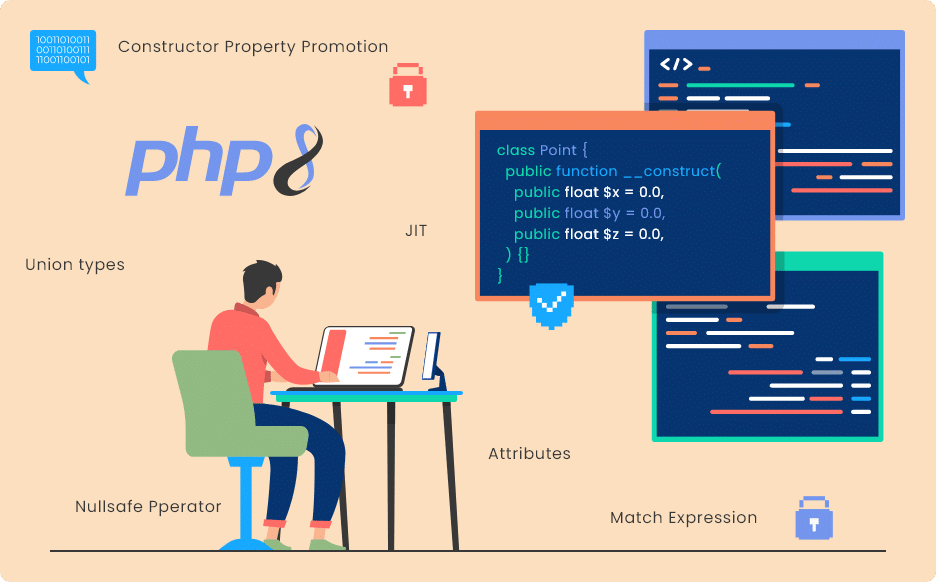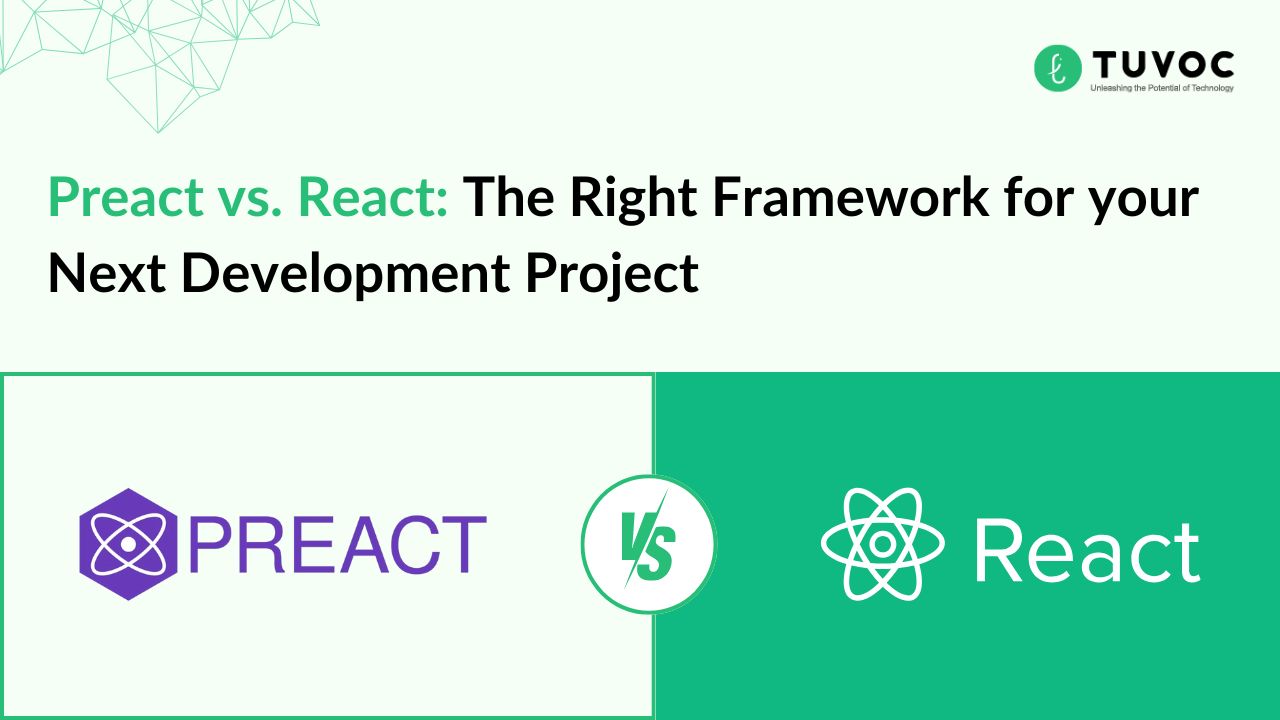Advanced PHP 8 Features that Make It Useful for More than Web App Development

What comes to your mind instantly when you hear the term PHP? For many of us, it’s a commonly used web programming language that is commonly used for custom web development. It was created in 1994 by Danish Canadian programmer Rasmus Lerdorf. Since its inception, the programming language has continuously evolved and various version changes, updates and framework inclusion has taken place.
Currently, the PHP reference implementation is produced by the PHP group. With every update, the functionality and features to enhance web development have been realized concerning PHP as a programming language for web development.
This article envisages the basics of PHP as a programming language and the expanding arena of PHP with the latest released PHP 8. Along with web development features and integrations. It provides a unique opportunity to web developers who want to explore the capabilities of the language beyond web development.
Fundamentals of PHP
With the launch of PHP in 1995, the web development sphere got an enormous boost in terms of design, customization, scalability, and security. New opportunities were envisaged and doors of a new world of web development opened up. Since then it has come a long way helping web developers to build web pages, desktop applications, and server-side and command-line scripting.
Moving from static web page development the dynamic web page development was enhanced by PHP. For web-centric application functions features like dynamic content management, user session management, remote database integration, etc., added newer abilities to the web developers’ arsenal. The use of PHP made it easy for web developers to send a query directly to the server and database and that made real-time content accessible to end-users.
The PHP applications included a 4 stage process for execution
- A lexer configuration is used to define and build tokens. Further, an interpreter parses the script.
- The parser function creates a hierarchy named AST (Abstract Syntax Tree) using the tokens. The hierarchy analyses syntax within the source code and a structural model for the program are created.
- The compiler converts the AST into codes, which in turn dictates the compile and execution performed by Zend Virtual machine. (Zend virtual machine is a component of PHP´s unique Zend engine scripting environment.
- The Zend VM processes the opcode and executes the operation in the application.
PHP developers also have the option of inversion control technique. Using this technique a specific function can be called from PHP libraries. For example, the Symfony framework can provide a set of reusable components that can accelerate modular development. Laravel framework provides a model-view-controller design pattern and a feature-packed platform for building web applications.
What is unique about PHP8?
PHP7 offered performance and security upgrades. The PHP8 release provides substantial new features such as a Just-in-Time compiler, a named arguments method, static return types, inheritance, and OPcache extensions.
The addition of JIT gives added advantage to PHP 8 over previous versions. JIT compiles a script into machine code before execution. This helps in economizing the performance and memory usage. In turn, the whole process improves the capability of PHP in high-compute environments and expands the possibilities for using PHP beyond just web development, from IoT deployments to machine learning models.
For example, using shared memory storage for bytecode means that PHP’s four-stage execution process only needs to run once. Meanwhile, that bytecode is immediately available for execution by the Zend VM. The combination of the JIT compiler and the OPcache extension also eliminates the need to load and parse scripts on every request.
Finally, named arguments represent another PHP 8 feature that looks to add support for higher levels of development complexity. Named arguments is a method that allows arguments to act in an order-independent manner. The arguments are then passed to functions based on their identity, rather than their position within the workflow, enabling a more sophisticated level of asynchronous behavior.
Conclusion
Over the past two decades, every new PHP version introduced a large number of new possibilities, which has kept the language fresh, modern, and relevant. PHP 8 release has matched the prior trends and has received a positive response from the developer community. Various new features and performance improvements are key highlights of the release. Moreover, the newest version explores beyond web development. It won’t be an overstatement if we say- PHP 8.0 is another big change that lets us be focused and interested in programming.






